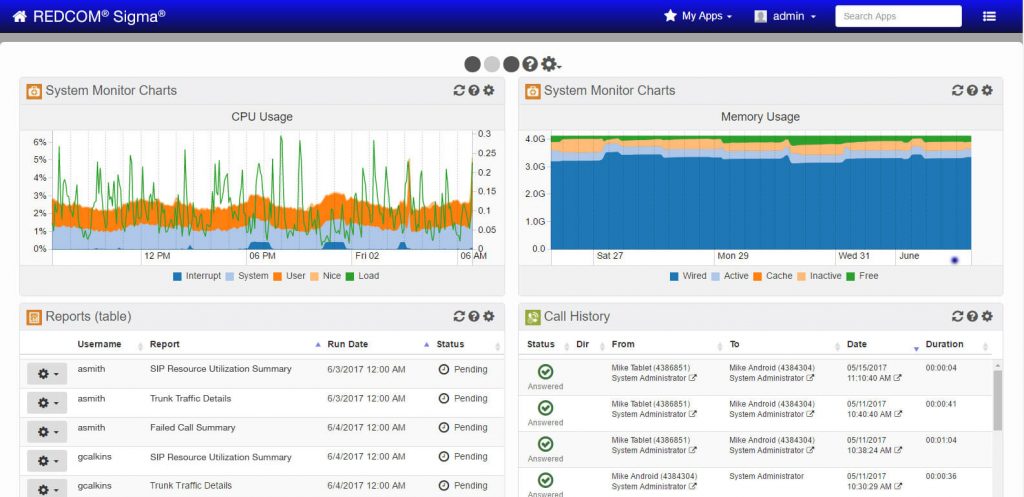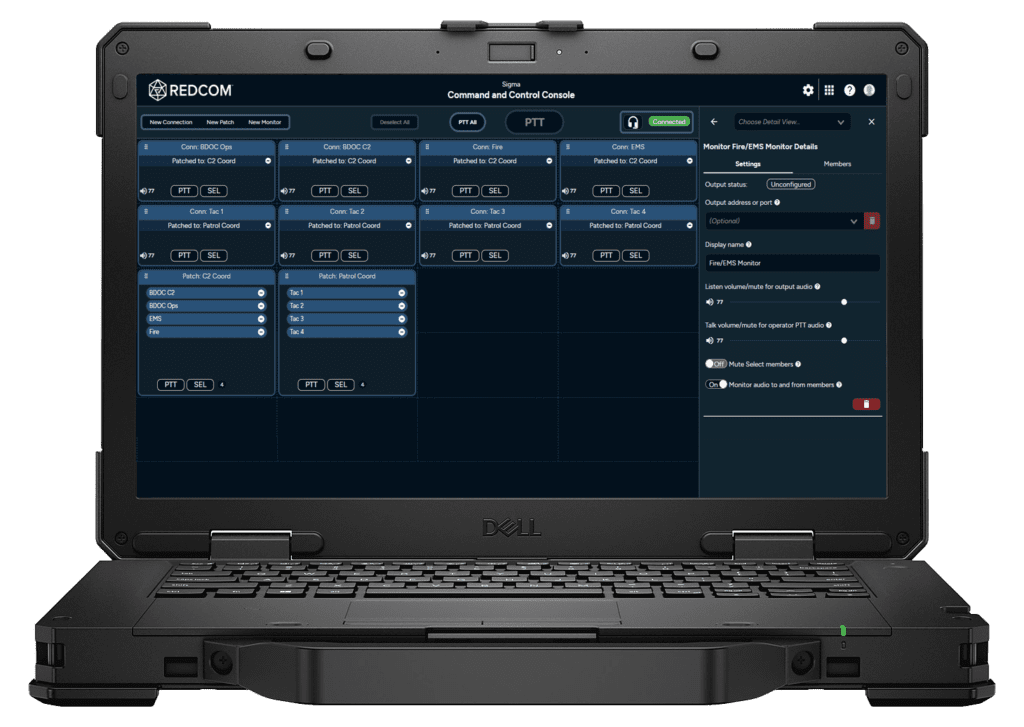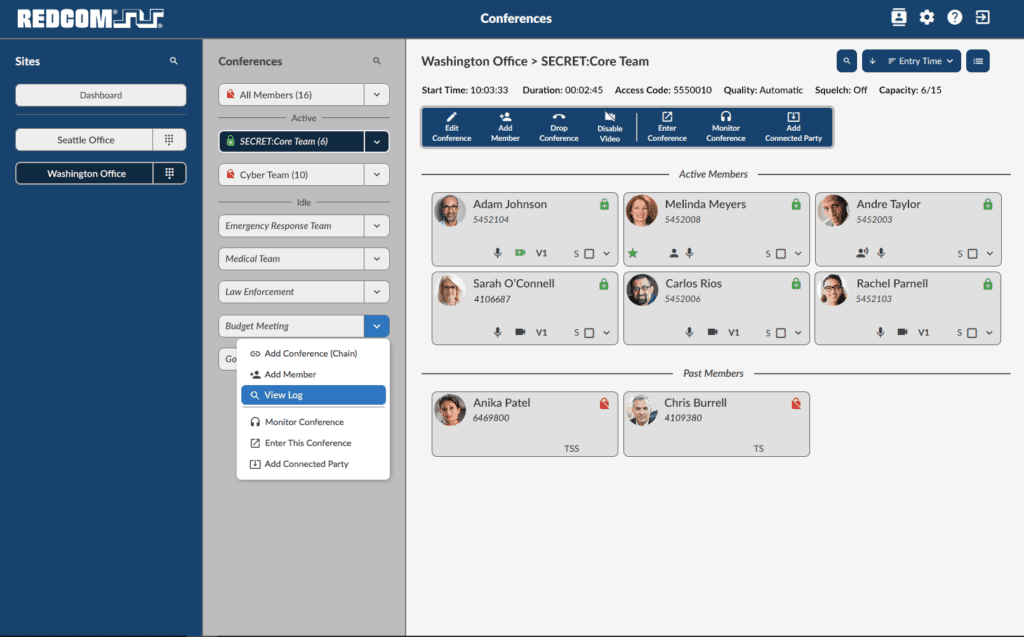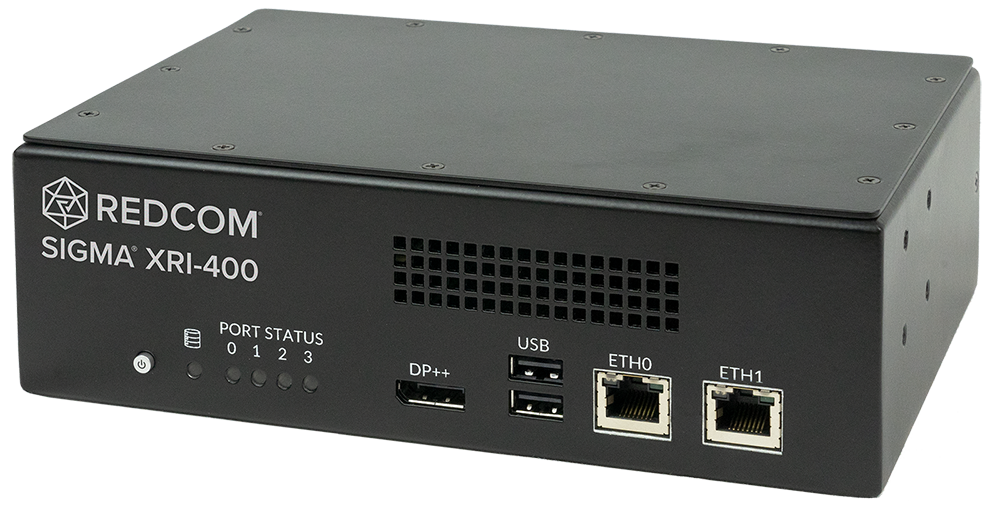Using the GD Sectéra® vIPer™ Secure Phone for Type-1 NSA ACC-Compliant Gateways

Thanks to a collaborative effort between REDCOM and General Dynamics, organizations can now implement a new ACC-compliant integrated solution for Type 1 secure voice gateways while connecting new and legacy SCIP secure voice devices.
REDCOM Secure Voice Gateway use cases

Over the past 18 months, REDCOM has seen an uptick in requests from Federal Agencies and DoD organizations that need to replace non-compliant legacy encryptors with new CryptoMod Standards. Customers have articulated the same problems about their current Type-1 Secure Conferencing systems: they are not ACC compliant; they suffer from poor voice quality; or they frequently do not work, forcing them to rely on another agency’s conferencing bridge.
REDCOM announces Sigma SVG-1200, a new secure voice gateway platform for ACC-compliant Type 1 conferencing
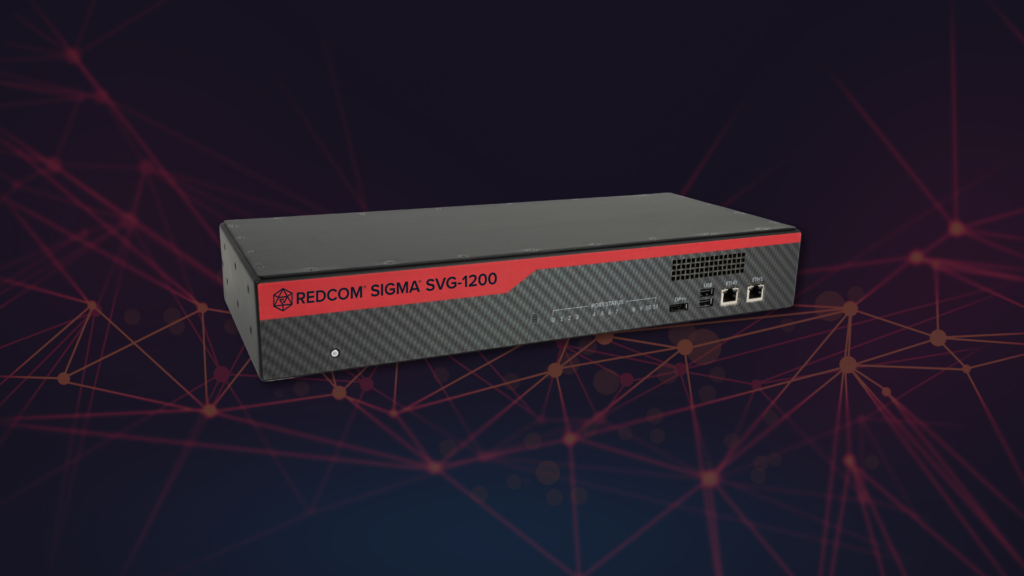
REDCOM Laboratories, Inc. announced the launch of a new secure voice communications platform, the Sigma SVG-1200. The SVG-1200 is designed for government, military, and enterprise customers that require ACC-compliant Type 1 communications between multiple parties.
REDCOM and Exacom successfully demonstrate interoperability

REDCOM is proud to announce the successful interoperability test between REDCOM Sigma and Exacom HindSight. This interoperability test demonstrates a proven and secure call recording solution ideally suited for sensitive government and military networks.
Are your multi-party secure comms ACC compliant?

You can communicate securely and be ACC compliant by using General Dynamics Sectéra® vIPer™ phones, however, this is only point-to-point.
If you need to conference together multiple parties anywhere in the world using ACC-compliant Type 1 encryption, then you need the REDCOM Secure Voice Gateway (SVG). The REDCOM SVG enables any number of conferees to easily communicate securely whether they are on the red side or black side of the network.
REDCOM announces ZKX Solutions, a new business unit focusing on authentication for Zero Trust networks

REDCOM Laboratories, Inc. has announced the formation of a new independent business unit, ZKX Solutions. ZKX Solutions is focused on developing the next generation of cyber defense technology designed to be more secure, dynamic, and flexible than conventional multi-factor authentication products.
REDCOM launches the first release of ZKX, cybersecurity authentication software built for Zero Trust government and military networks

REDCOM Laboratories, Inc. has announced that the first release of its market-disrupting cybersecurity authentication software, ZKX, is now ready for field exercises and laboratory testing. The ZKX software will provide government and military organizations with the authentication technology required to migrate their existing IT infrastructures to Zero Trust networks.
What is a Cybersecurity Expert?
The term cybersecurity expert is overplayed. There is no official or legal definition, and between companies, the meaning of “cybersecurity expert” can vary greatly. As we talk to others, what attributes do we use to signal that we are cybersecurity experts?
Identity and Authentication: the most important pillars in a Zero Trust Architecture

The DoD document, Zero Trust Reference Architecture, is quite expansive and a bit intimidating. One of the most critical points discussed are the seven key pillars — or focus areas — to implementing a zero trust environment.
REDCOM ZKX FAQ

In November 2021 REDCOM and AFCEA hosted a webinar where the current state of the Zero Trust Architecture at the tactical edge was discussed along with our newest solution, ZKX. We had lots of audience questions, but we weren’t able to get to them all in the allotted time. So, we decided to form this FAQ.
